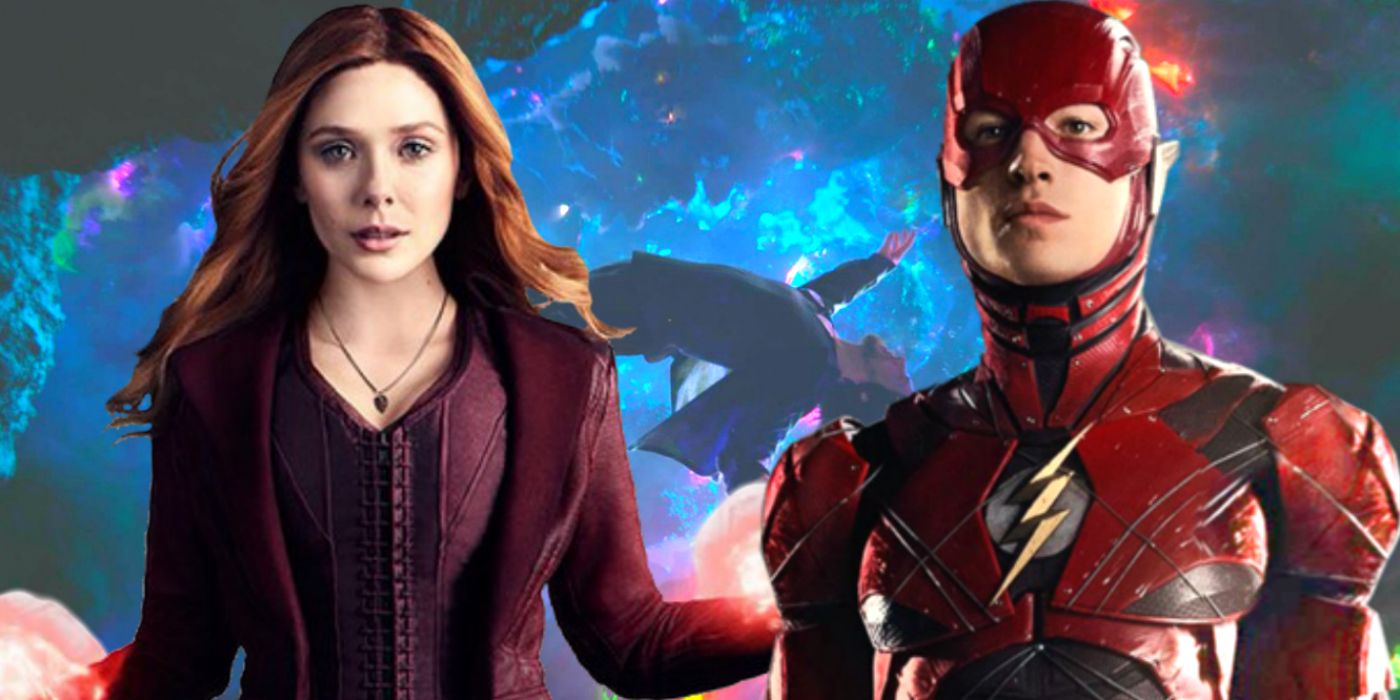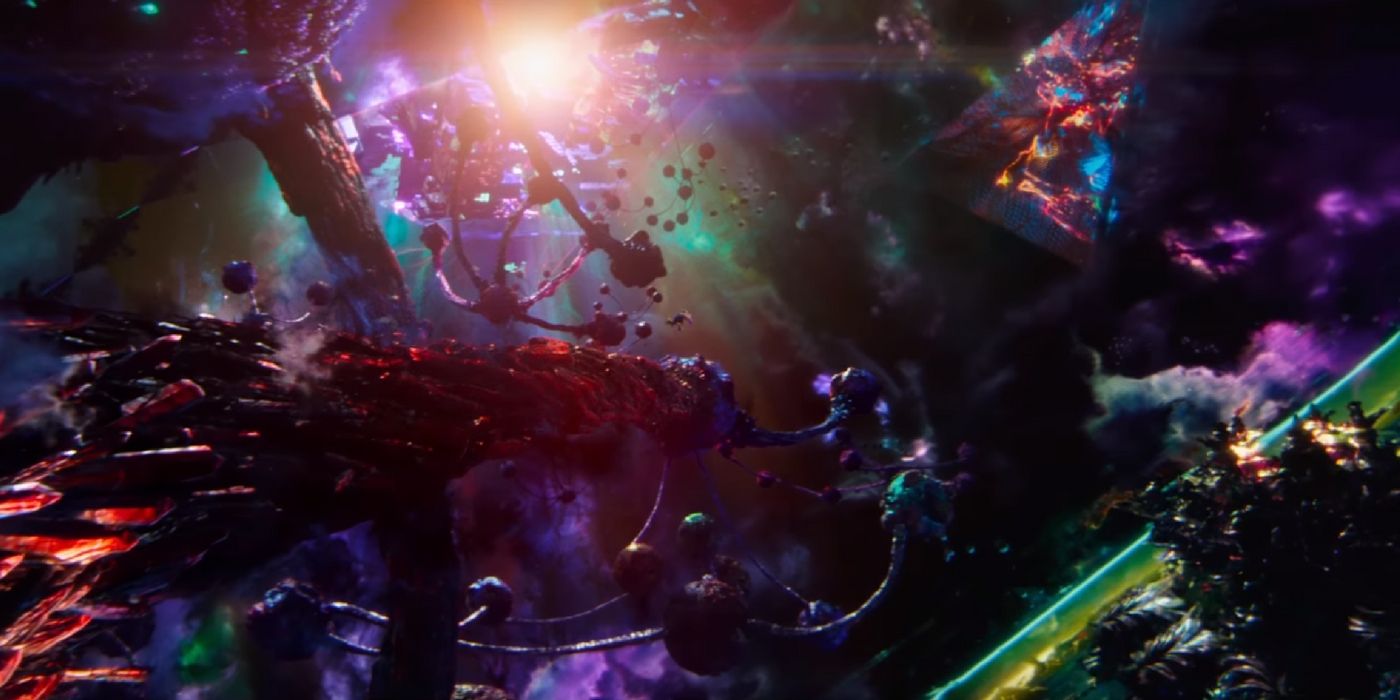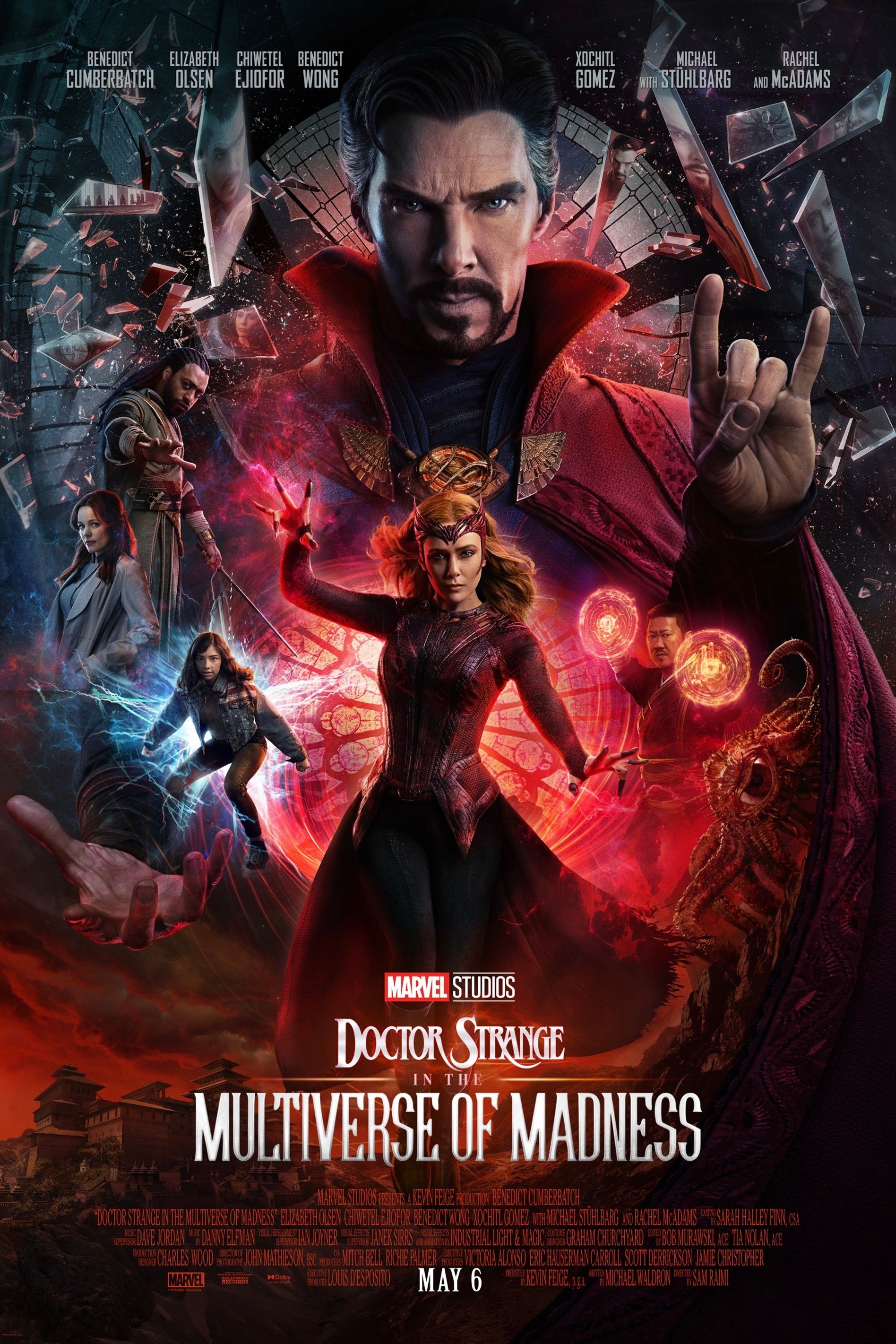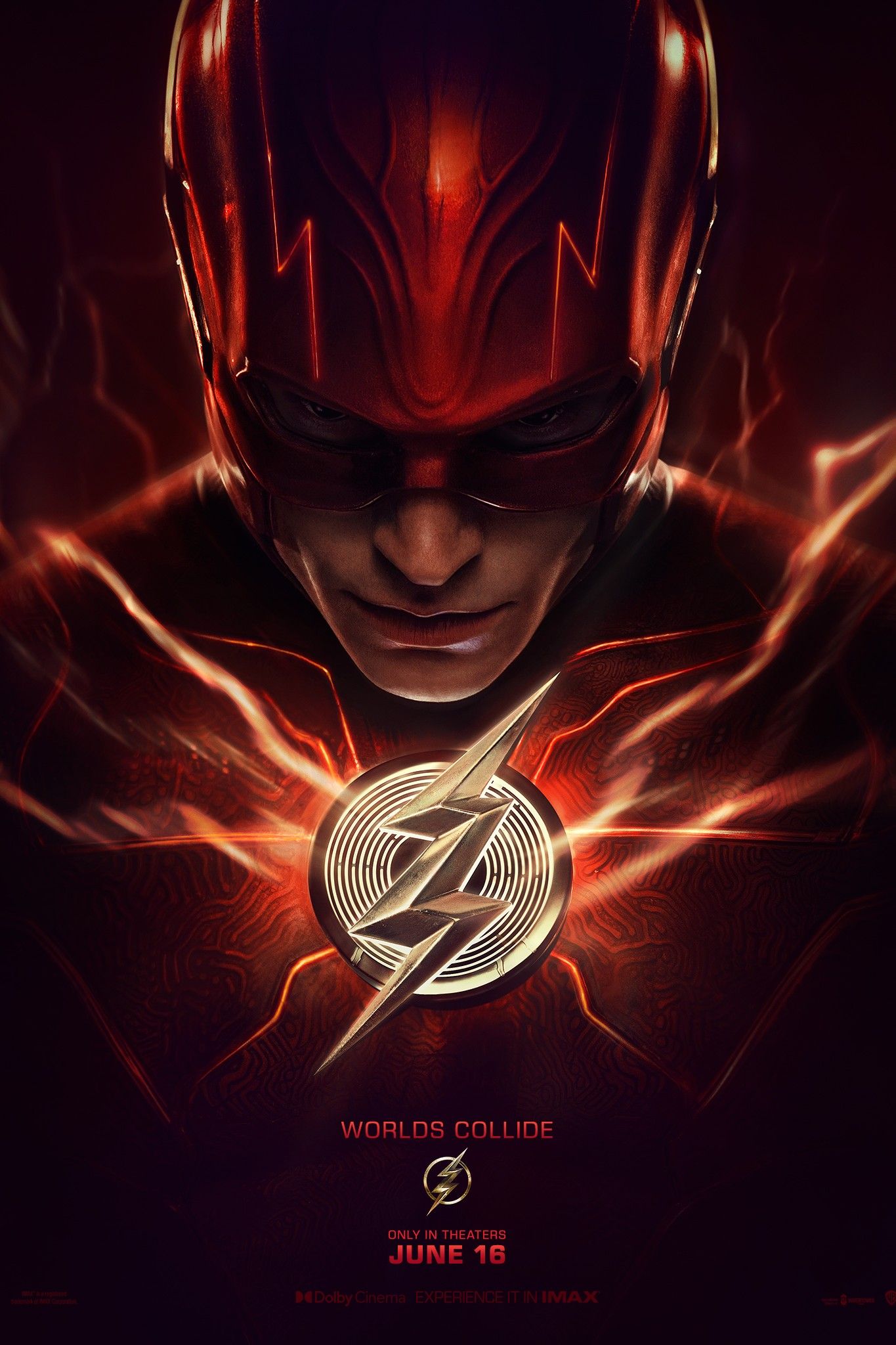Both the Marvel Cinematic Universe and the DCEU are embracing the Multiverse in 2022 - but Marvel's will still be bigger. There's nothing new about the idea of alternate Earths and mirror universes; they're a staple of science-fiction, popularized through franchises like Star Trek, and as a result superhero comics have embraced them for decades. In an amusing quirk of timing, in 2022 both the MCU and the DCEU will be expanding their respective Multiverse.
The MCU has technically been dealing with the Multiverse since Doctor Strange, but the concept only became central to the franchise in last year's Avengers: Endgame. That film saw the Avengers unwittingly create branching timelines when they removed the Infinity Stones from history; they later returned them, but at least one branch remained, and will be explored in the upcoming Disney+ Loki TV series. 2022's Doctor Strange sequel will clearly be embracing the concept still further, given the title Doctor Strange in the Multiverse of Madness. Meanwhile, until recently DC consigned the Multiverse to the small-screen in The Flash, but the "Crisis on Infinite Earths" event changed everything. It established every DC film and TV series is part of the same Multiverse. DC Films appear to have recognized the potential of this idea, because they're reportedly bringing back Michael Keaton to play a Multiversal Batman in the upcoming Flash movie.
At first glance, both the MCU and the DCEU are working with the same idea; a Multiverse of alternate Earths. It's important to note, however, that the MCU's idea goes a little further. As indicated by Doctor Strange director Scott Derickson, the MCU's version of the Multiverse is strongly influenced by a single comic - Doctor Strange: Sorcerer Supreme #21. This envisioned Earth at the center of an infinite sea; alternate Earths, traditional parallel universes, are just a swimstroke away. The further away you go from the center, the more the laws of nature change, and you may even encounter pocket universes such as Mephisto's Hell or Odin's Asgard. The Dark Dimension is one of the more distant parts of the Multiverse, inimical to conventional life, with far more spatial dimensions than those we exist in. The fabric of space in the Dark Dimension is almost porous, leading to an abundance of wormholes to other parts of the Multiverse.
The MCU has consistently followed this same model of the Multiverse. In Doctor Strange, the Ancient One projected the future Sorcerer Supreme's astral self on a so-called 'Magical Mystery Tour' around the Multiverse. His mind experienced planes of reality beyond his understanding, even glimpsing the Quantum Realm. Later, Doctor Strange entered the Dark Dimension and used the Time Stone to introduce time into it.
This is actual a very important point. When the DCEU refers to the Multiverse, it still appears to simply denote the idea of alternate timelines - the so-called "Infinite Earths." In contrast, the MCU's Multiverse has already been defined as something far bigger. Indeed, the title of Doctor Strange 2 - Doctor Strange in the Multiverse of Madness - need not refer to other timelines or parallel realities at all. Rather, it could be describing forces originating from other planes of existence, cosmic beings like Nightmare, Umar, or Annihilus. The fans are all assuming there will be other Earths as well, but that is yet to be confirmed. Marvel could well have something very different - and a lot more spectacular - in mind.




